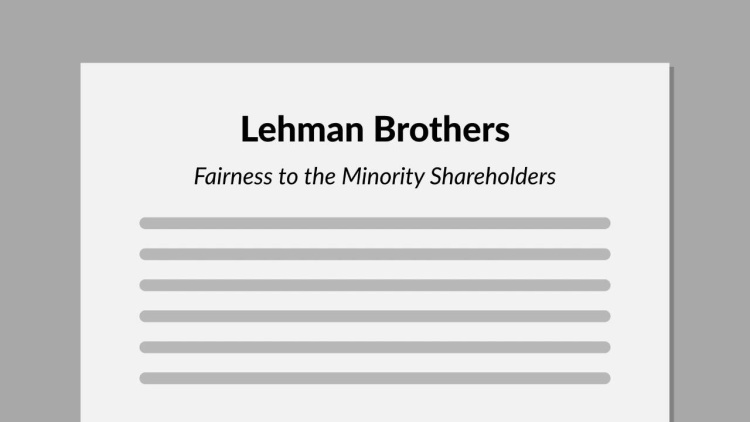Weinberger v. UOP, Inc.
Delaware Supreme Court
457 A.2d 701 (1983)

- Written by Sean Carroll, JD
Facts
The Signal Companies, Inc. (Signal) acquired 50.5 percent of the outstanding stock of UOP, Inc. (defendants). Signal elected six members to the new board of UOP, five of whom were either directors or employees of Signal. After the acquisition, Signal still had a significant amount of cash on hand due to a sale of one of its subsidiaries. Signal was unsuccessful in finding other good investment opportunities for this extra cash, so it decided to look into UOP once again. Charles Arledge and Andrew Chitiea, two Signal officers who were also UOP directors, conducted a “feasibility study” for Signal and determined that the other 49.5 percent of UOP would be a good investment for Signal for any price up to $24 per share. The study found that the return on investment at a purchase price of $21 per share would be 15.7 percent, whereas the return at $24 per share would be 15.5 percent. Despite this small difference in return, the difference in purchase price per share would mean a $17 million difference to the UOP minority shareholders. This information was never passed along to Arledge and Chitiea’s fellow UOP directors or the UOP minority shareholders. The UOP board agreed on a $21 per share purchase price. The UOP minority shareholders subsequently voted in favor of the merger. Weinberger and other UOP minority shareholders (plaintiffs) brought suit, challenging the merger. The Delaware Court of Chancery found in favor of the defendants. Weinberger appealed.
Rule of Law
Issue
Holding and Reasoning (Moore, J.)
What to do next…
Here's why 899,000 law students have relied on our case briefs:
- Written by law professors and practitioners, not other law students. 47,000 briefs, keyed to 994 casebooks. Top-notch customer support.
- The right amount of information, includes the facts, issues, rule of law, holding and reasoning, and any concurrences and dissents.
- Access in your classes, works on your mobile and tablet. Massive library of related video lessons and high quality multiple-choice questions.
- Easy to use, uniform format for every case brief. Written in plain English, not in legalese. Our briefs summarize and simplify; they don’t just repeat the court’s language.





